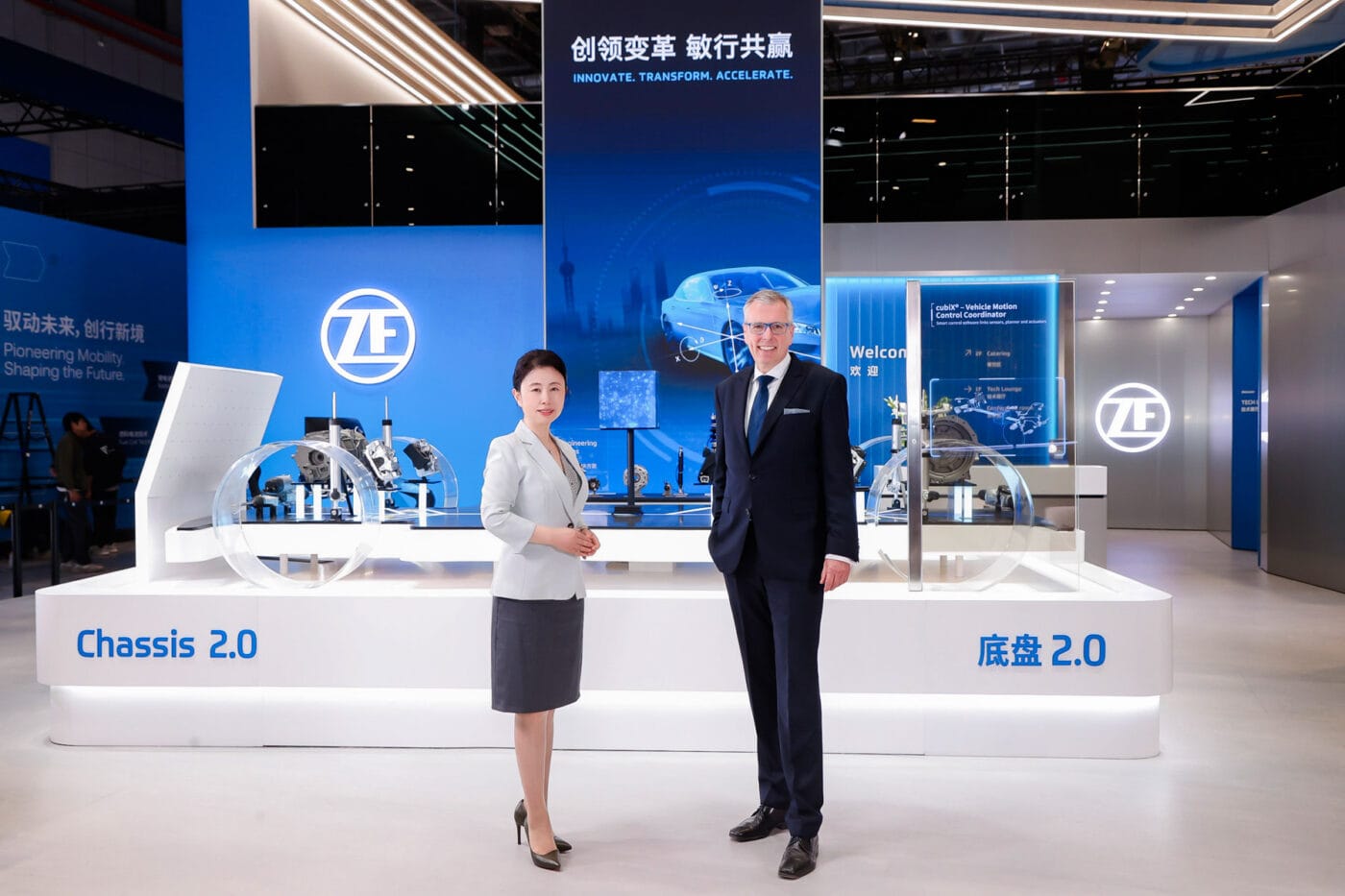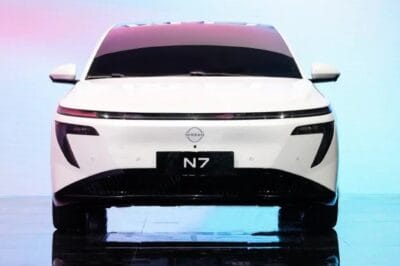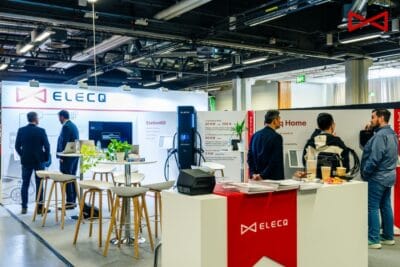ZF unveils new range extender system in Shanghai
In its announcement, ZF highlights three unique selling points of the new range extender. First, the system is said to be compatible with all-wheel-drive applications without requiring a second drive unit – a factor ZF claims can ‘significantly’ reduce costs. Secondly, the range extender is described as ‘highly compact’, making it easier to integrate into the engine compartment. Thirdly, the supplier emphasises that both the electric and combustion engines can be operated at high efficiency – either for power generation or propulsion.
However, ZF has yet to release technical specifications for the new range extender system. What the company does disclose is that the drive unit is scheduled to enter production in the first half of next year. No customers have been named, but the German supplier notes that it has increased its market share among Chinese vehicle manufacturers and is benefiting from their continued growth. EREVs – or Extended Range Electric Vehicles – are particularly popular in rural China and have, in some cases, seen higher growth rates than battery-electric vehicles across the broader market.
ZF’s stand at the Auto Shanghai also features other electric drive technologies, particularly in the commercial vehicle sector. Here, the supplier showcases its AxTrax 2 integrated electric axle system, which is designed to deliver a compact, lightweight and high-performance drive solution thanks to its modular construction. ZF is also pursuing a dual-track strategy in this segment, presenting the AxTrax 2 alongside the TraXon 2 Hybrid transmission.
However, the centre of attention of ZF’s presence in Shanghai is its Chassis 2.0, designed to fully integrate and connect various vehicle systems – a necessity in software-defined, autonomous vehicles, where the chassis must be able to respond to inputs from autonomous driving functions. With Chassis 2.0, the German supplier aims to merge these aspects and manage their interaction using its chassis-specific software, cubiX, which adapts to the driving situation in real-time. ZF notes that ‘by-wire’ technologies are becoming increasingly popular with Chinese OEMs. For instance, Nio equips its flagship electric saloon, the ET9, with ZF’s steer-by-wire system.
“ZF has continuously invested in innovative technologies for the Chinese market in recent years,” said ZF CEO Holger Klein. ”These include our Chassis 2.0 with by-wire technologies and the new electric range extender system. We have also consistently optimised our production and development processes to the requirements of our Chinese customers and thus literally fulfil ‘China Speed’.”





0 Comments